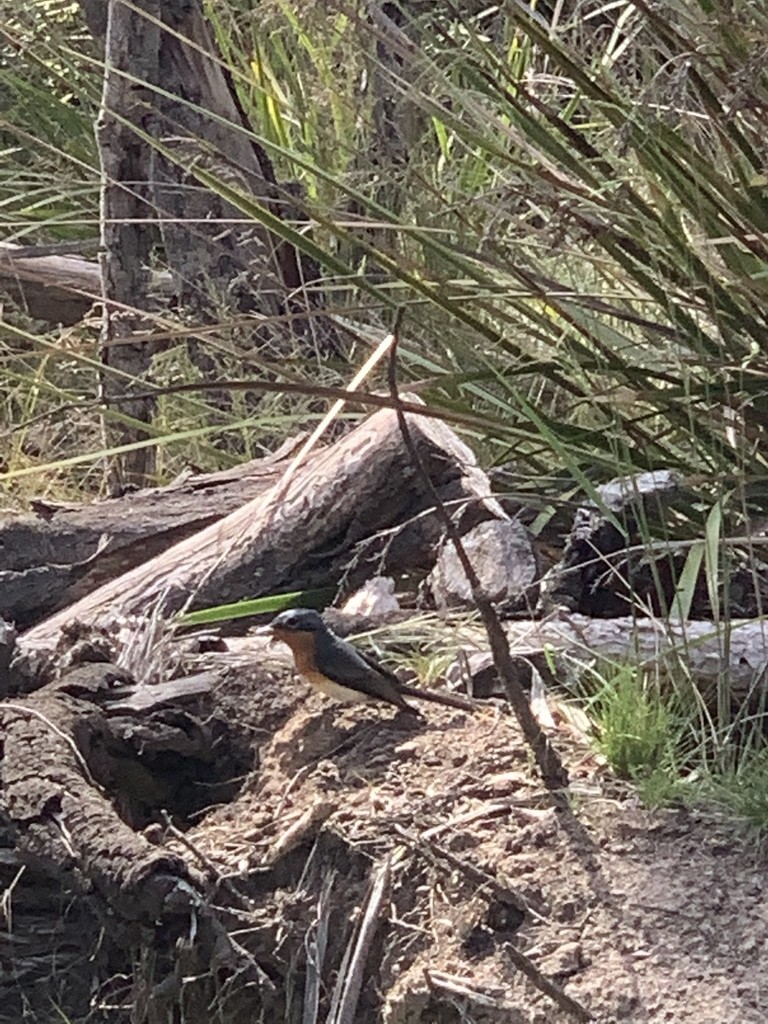Satin Flycatcher
A species of Broad-billed Flycatchers and Allies Scientific name : Myiagra cyanoleuca Genus : Broad-billed Flycatchers and Allies
Satin Flycatcher, A species of Broad-billed Flycatchers and Allies
Botanical name: Myiagra cyanoleuca
Genus: Broad-billed Flycatchers and Allies
Content
Description General Info
 Photo By planigale , used under CC-BY-NC-4.0 /Cropped and compressed from original
Photo By planigale , used under CC-BY-NC-4.0 /Cropped and compressed from original Description
Males are dark grey on their beak, eyes, legs and upper body with a white lower body. Females differ from males by having a more grayish upper body and light orange around their throat. 
Size
17 cm
Nest Placement
Tree
Feeding Habits
Satin Flycatcher's primary diet consists of arthropods, supplementing occasionally with seeds. Exhibiting agility, satin Flycatcher forages solo or in pairs, engaging in aerial sallies from elevated perches and darting amidst foliage for prey, rarely feeding on the ground. Satin Flycatcher demonstrates a preference for upper forest layers.
Habitat
The habitat of satin Flycatcher typically includes tall, wet sclerophyll forests and native eucalypt woodlands, as well as densely vegetated gullies within these forests. These birds show a preference for moister and taller forests, often at higher elevations compared to similar species, though they can be found at sea-level in certain regions. During migration, satin Flycatcher may also inhabit more open landscapes, including drier woodlands, urban parks, gardens, and clearings near rainforests, despite generally avoiding rainforests as a primary habitat.
Dite type
Insectivorous
General Info
Feeding Habits
Bird food type
Distribution Area
The satin flycatcher is found in Australia, Indonesia, and Papua New Guinea. Its natural habitats are temperate forests and subtropical or tropical moist lowland forests, and it even visits suburban gardens. It is a vagrant to New Zealand, with only a few records. 